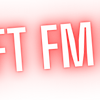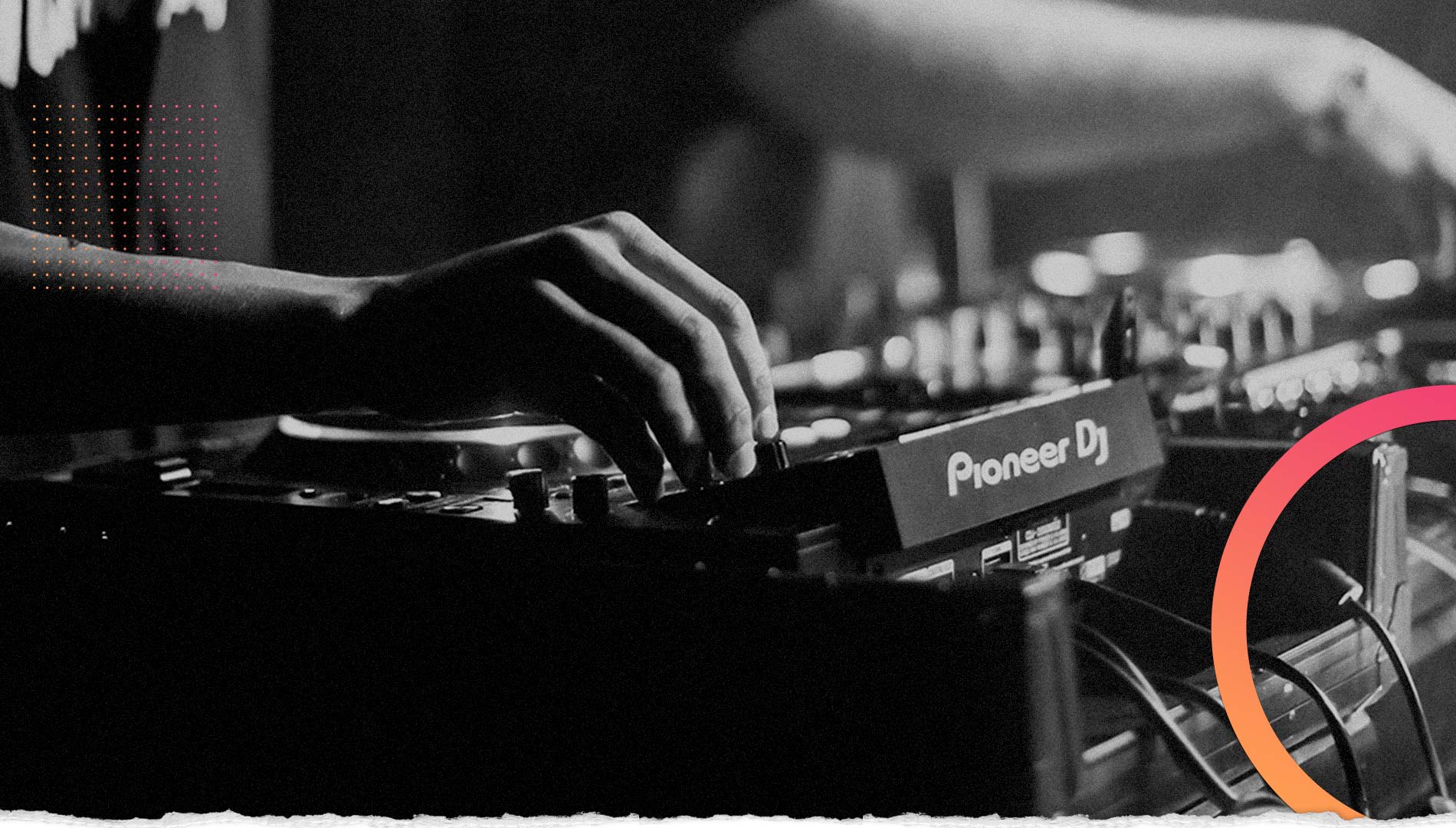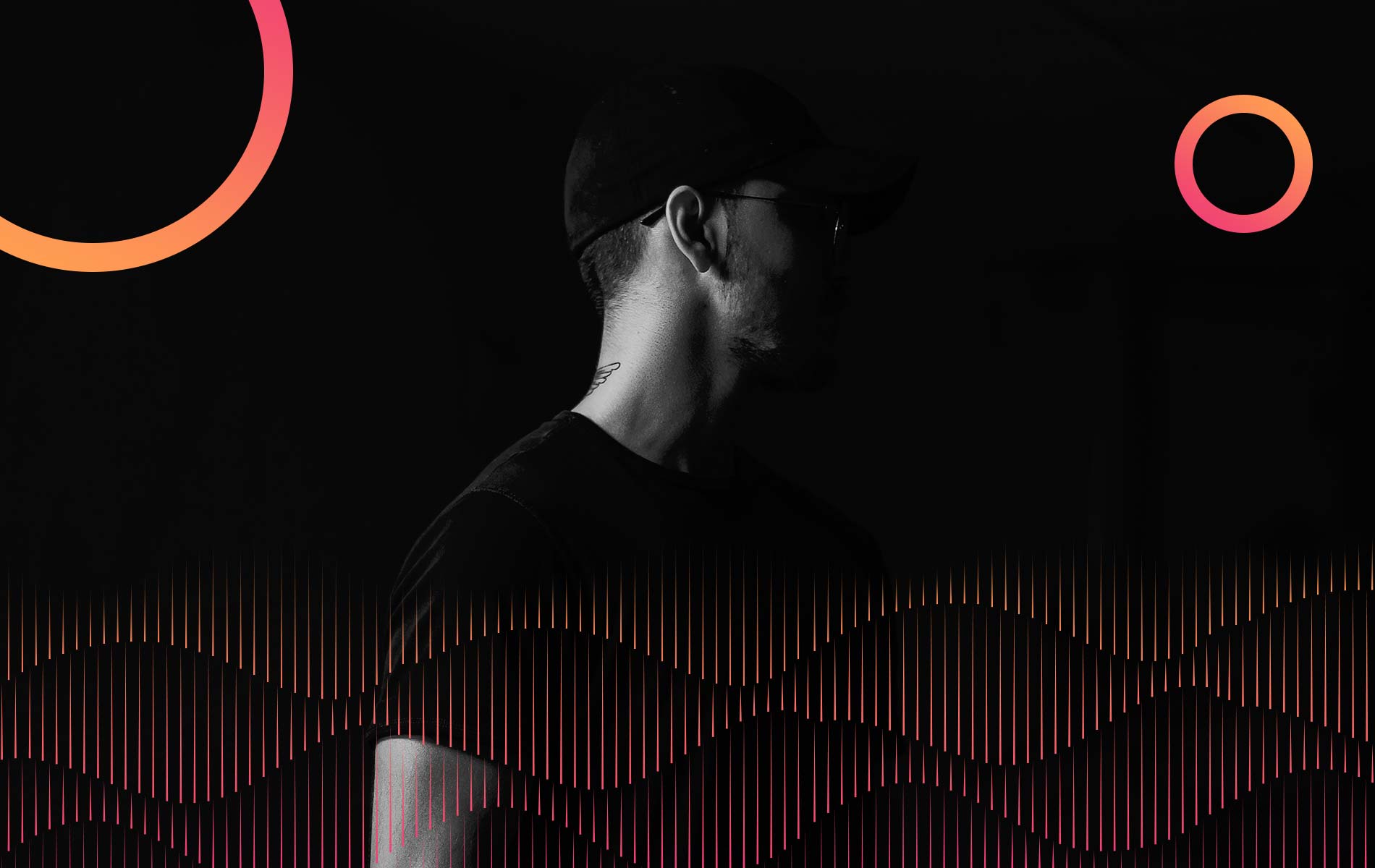Listeners:
Top listeners:
-
 play_arrow
play_arrow
Electromusic FM RADIO ONLINE 24/7
-
 play_arrow
play_arrow
London Calling Podcast Yana Bolder
Can Taylor Swift, music festivals, football and soccer games save LA Metro? – Daily Bulletin

The Taylor Swift effect on the Los Angeles County economy is well documented. Now you can add the singer’s impact on transit ridership during the six sold-out concerts held earlier this month at SoFi Stadium in Inglewood.
LA Metro’s rail ridership during Swift concerts on Aug. 3, 4, 5, 7, 8 and 9 jumped 25 percent over same day averages in July, an increase of 150,000 boardings. Metro’s special bus shuttles to SoFi from two different rail line stations added 30,000 more, bringing the total increase in rail and bus boardings to 180,000 during the concert series, LA Metro reported.
Metro also ran trains until 2 a.m. to accommodate those leaving the Swift concerts, which often ended at 11:30 p.m or later. Normally, trains stop running at around midnight.
The ridership numbers beat the previous post-pandemic high that took place shortly after the opening of the new, downtown Regional Connector rail line and three DTLA stations in June.
But it wasn’t just the intimate pop vocal stylings of Swift that pumped up train and bus “event” ridership.
The HARD Summer music festival on Aug. 5 and 6 at the Los Angeles Memorial Coliseum and BMO Stadium (formerly Banc of California Stadium) had ridership 50% over regular weekend boardings, adding more than 20,000 customers to the E (Expo) Line train with stations serving the venues at Exposition Park, Metro reported.
dressed in their Sunday’s best for @HARDFEST pic.twitter.com/GPDvuL9RIH
— Metro Los Angeles (@metrolosangeles) August 6, 2023
“We are thrilled ‘Swifties’ and HARD Summer festival-goers chose to take Metro to fuel their passion for music,” said Metro CEO Stephanie Wiggins in a prepared statement. “Introducing young people to the benefits of using public transit is a priority for Metro.”
At HARD-fest, concert-goers rode the E Line and exited at one of two nearby stations, no shuttle connections needed. “We saw big numbers right away,” said Stephen Tu, Metro’s senior director of service development on Monday, Aug. 14. “That venue at Exposition Park is directly served by multiple Metro rail stations and a bus rapid transit station on the 110 Freeway. We know we can be very competitive there.”
The two concert events have placed LA Metro’s average weekend ridership at 91% of pre-pandemic levels. That is way above 76%, the average ridership for weekday riders, which includes a majority going to and from work.
Wiggins can see the writing on the wall. Stay-at-home workers and high office vacancy rates in DTLA and other workforce locations are the result of more people working from home and therefore not riding the trains or buses as often as they once did on workdays before the pandemic.
She said Metro’s priority in this post-pandemic world is “building our capability to provide service to large-scale entertainment and sports events across the region, particularly as we see the strong growth in Metro’s weekend ridership.”
During the Swift concerts, the use of Metro trains and buses started slowly, then grew. On the night of the first concert, Aug. 3, 4,630 concert-going Swifties rode a Metro train or bus, Metro reported, and many extra bus shuttles added from the K (Crenshaw) Line and the C (Green) Line to SoFi were half-filled at best.
“On that first night, we had decent numbers, but then it grew,” said Tu. The agency ran 35 bus coaches as part of the two shuttles and they took on about 5,000 people per concert night.
The K Line light-rail saw a 250% increase in ridership over the same period in July, adding about 5,000 additional trips each night as compared to last month. The C Line light-rail saw 6,000 additional trips per night, or 35% more rail boardings. The A Line light-rail from Azusa to Long Beach grew by 20 percent over the six nights, while the E Line light-rail saw a 15% increase, amounting to 15,000 additional trips each night on both lines combined, Metro reported.
Lines were long for the bus shuttles going back to the C Line and K Line trains, said Celine Castaneda, 20, who went to the first concert on Aug. 3 by way of a Lyft ride. “I saw the lines to get on those shuttles. And the buses were hardly moving because there was a lot of traffic,” she said on Monday.
After the first night, Metro began to work more closely with the city of Inglewood, Tu said. The buses received some traffic signaling priority, enabling them to move faster from the concert venue parking lots to city streets.
“Running connecting shuttles is challenging, when you don’t have your own bus lanes,” Tu said. “We were able to bring down shuttle wait times and buses could go faster.”
Also, the shuttles were new to the Swifties, he said, adding that a majority had never been to SoFi Stadium and were unfamiliar with transit connections.
As buses ran more efficiently, shuttles reached train depots faster and the word got out on social media and among the Swifties friends’ network, he said.
“As the word spread that the service was very good, even late at night, a lot more fans were satisfied and felt safe,” Tu said.
“This is where we want to be as an agency,” he added. “To be relevant not just for traditional work trips but all trips — and that includes sports and other events.”
LA Metro has provided rides on the Dodger Express, a bus line that runs from Union Station to the Dodger Stadium parking lot on game nights. Also, it’s preparing its C-Line shuttle to SoFi Stadium for the upcoming NFL Chargers and Rams games.
Since the K Line opening in October, and A Line extension via the Regional Connector, transit riders have had more options, said Patrick Chandler, Metro spokesman. Swift fans have a reputation for taking mass transit to concerts in other cities, such as in New York, Chicago and Santa Clara County.
“Young people like transit more than driving their cars,” Chandler said.
Many fans ride the trains to USC football games. Those that like to drink beer during the game don’t have to worry about driving home impaired. “People drinking a little too much can use transit,” Chandler said.
But some on social media have complained, saying Metro should run its trains until 2 a.m. on normal weekends, to accommodate those going to clubs and bars or working late in downtown L.A., Long Beach, Pasadena, Santa Monica, and other areas.
“If you’re a late-night worker or stay out late drinking, Metro could care less. If you’re a die hard Swifty, they lay out the red carpet for ya!” wrote U/SocksElGato on Reddit.
On Metro, riders can expect more extended train times and extra buses and shuttles during special events. The effort is part of getting ready for the biggest sporting event of all. “At Metro we are gearing up for the Olympics and Paralympic Games” in 2028, said Tracy Smith, Metro spokesperson. “Providing services for these events is a great trial run.”
Written by: Soft FM Radio Staff
Bulletin Daily Festivals football games Metro music save soccer Swift Taylor
Similar posts
Electro Music Newsletter
Don't miss a beat
Sign up for the latest electronic news and special deals
EMAIL ADDRESS*
By signing up, you understand and agree that your data will be collected and used subject to our Privacy Policy and Terms of Use.
Podcast episodes
 Invalid license, for more info click here
Invalid license, for more info click here
Copy rights Soft FM Radio.




